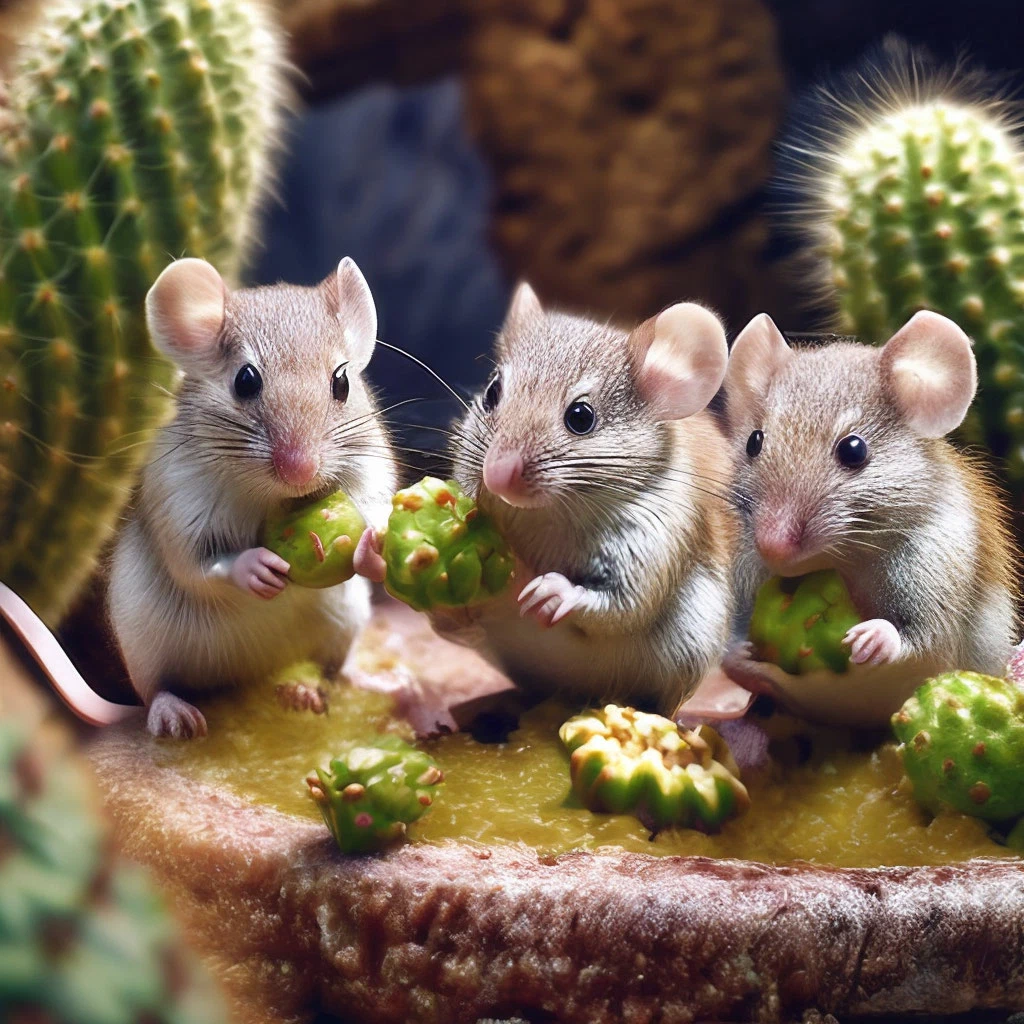Imagine waking up to find gnaw marks on your cherished cactus, with parts of the plant missing or damaged. For many indoor gardeners and succulent enthusiasts, this scenario is both frustrating and puzzling. You might wonder, “Do mice really eat cactus?” The surprising answer is yes, and not just mice—several rodents may turn to cacti as a source of food and hydration, especially in challenging environmental conditions.
Cacti, known for their resilience and beauty, can become unintended victims of rodent activity, especially when food or water is scarce. Rodents like mice are opportunistic feeders, and while cacti aren’t their first choice, they can become a target when survival instincts kick in.
In this blog, we’ll delve into why rodents might eat cacti, how to identify the signs of rodent damage, and most importantly, effective ways to protect your plants. Whether you’re dealing with a minor nuisance or an ongoing rodent issue, these insights will help you safeguard your cacti while ensuring they continue to thrive.
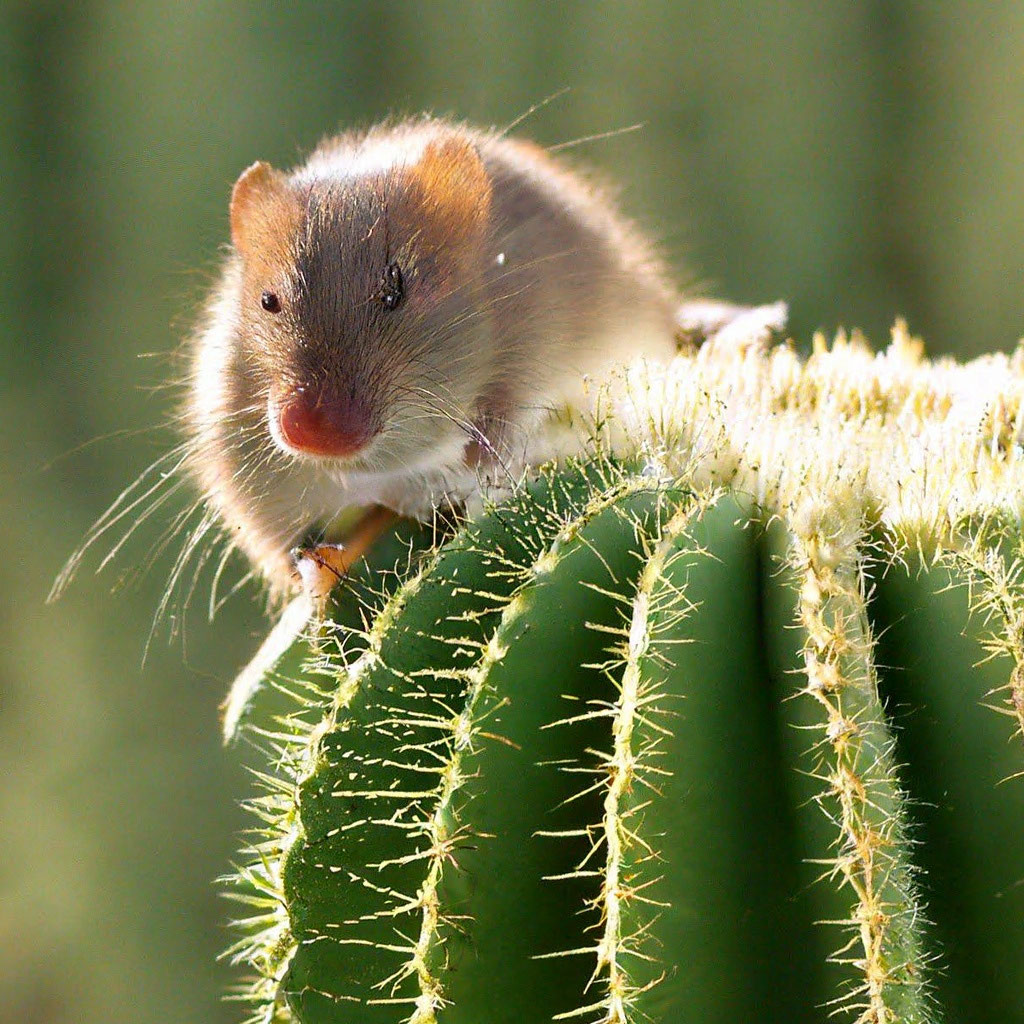
With years of experience in indoor gardening, I’m here to guide you through practical and sustainable solutions that work. Let’s protect your green investments together.
Do Mice and Rodents Really Eat Cactus?
Yes, mice and other rodents can and do eat cacti, but this behavior isn’t random. Rodents are resourceful creatures, adapting their diets based on the availability of food and water. Cacti, with their fleshy pads and water-storing tissues, become an attractive option during periods of drought, food scarcity, or when natural water sources are limited.
Why Are Cacti Appealing to Rodents?
- Hydration Source: Cacti are well-known for their ability to store water, making them a lifeline for thirsty rodents in arid or dry environments. Mice and other rodents can chew through the tough outer skin to access the moisture-rich interior.
- Soft and Nutritious: While many cacti are spiny, certain species have softer pads or stems that are easier to chew. These parts may contain nutrients that rodents need, especially when their usual food sources are unavailable.
- Survival Instincts: Rodents are opportunistic by nature. When faced with limited resources, they’ll explore unconventional food sources, including your beloved cactus plants.
Other Rodents That Target Cacti
While mice are common culprits, they’re not alone. Other rodents, such as rats, gophers, and squirrels, may also target cacti. In some regions, larger animals like rabbits or groundhogs might contribute to the damage.
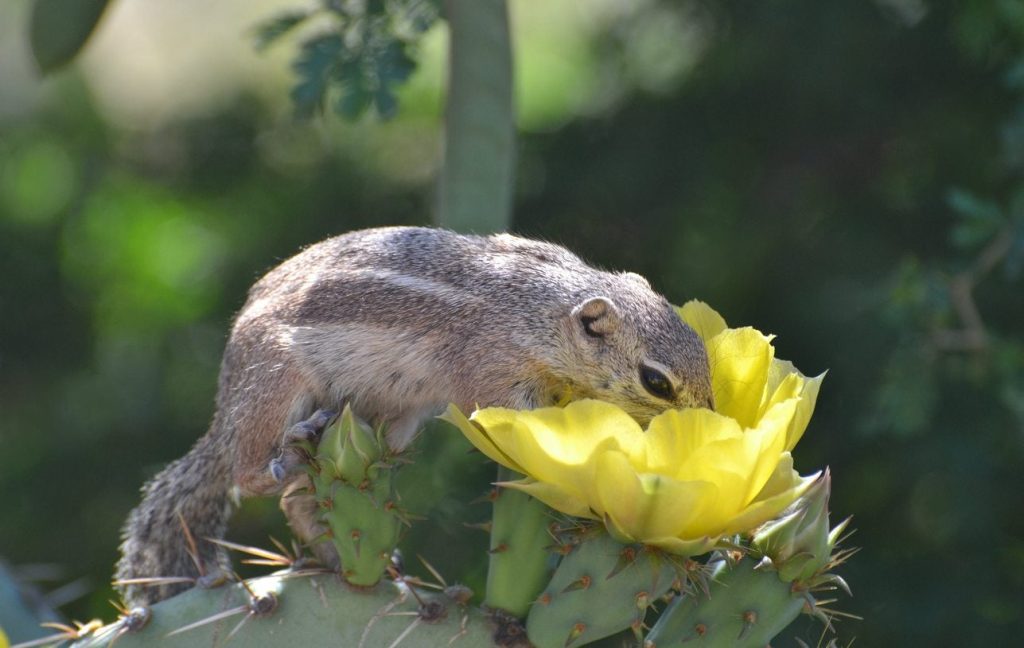
Understanding why rodents are drawn to cacti is the first step toward protecting your plants. By knowing their behavior and triggers, you can take informed, effective measures to safeguard your cacti without disrupting the natural ecosystem.
Signs Your Cactus Is Under Attack by Rodents
Recognizing the early signs of rodent activity is crucial to protecting your cactus and preventing further damage. Mice and other rodents often leave telltale clues that can help you identify their presence early on. Here’s what to look for:
Chewed or Missing Plant Sections
- One of the most obvious signs is bite marks or chunks missing from your cactus.
- Look for jagged edges or gnaw marks on the pads, stems, or base of the plant. These marks are often irregular and may appear in clusters.
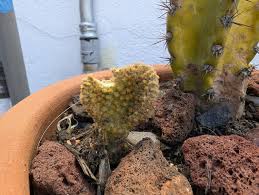
Bite Patterns and Size
- Rodent bites are distinct from those caused by insects. They are larger and leave a rougher texture on the damaged area.
- Smaller rodents like mice create finer bite marks compared to larger ones like rats or squirrels.
Presence of Rodent Droppings
- Droppings near your cactus are a strong indicator of rodent activity.
- Mice droppings are small, black, and pellet-shaped, while those of larger rodents may be more significant in size.
Disturbed Soil or Burrows Nearby
- Rodents often burrow near their food sources. If you notice disturbed soil around the base of your cactus or small holes nearby, it’s likely the work of rodents.
Missing Spines or Damaged Pads
- In some cases, rodents may remove spines to access the softer, water-rich tissues inside. Look for pads with stripped or damaged surfaces.
Tracks or Footprints
- In dusty areas or soft soil, you might spot small footprints leading to and from your cactus.
Why It’s Important to Act Quickly
Rodent damage isn’t just cosmetic. It weakens the plant, making it more susceptible to diseases, pests, and environmental stress. Addressing the problem at the first sign of rodent activity ensures your cactus can continue to thrive.
By being vigilant and observing these signs, you can identify and address rodent activity before it becomes a larger issue. Next, we’ll explore actionable steps to protect your cactus from rodents effectively.
Effective Tips to Save Your Cactus from Mice and Other Rodents
Protecting your cactus from rodents requires a proactive approach, combining preventive measures with targeted solutions. Here are expert-recommended strategies to safeguard your cactus from mice and other rodent threats:
a. Use Physical Barriers
Creating a physical barrier is one of the most effective ways to protect your cactus.
- Wire Mesh or Chicken Wire: Enclose your cactus in a protective cage made from fine wire mesh. Ensure the holes are small enough to prevent rodents from squeezing through.
- Elevate Potted Cacti: Place potted cacti on elevated surfaces or stands that rodents cannot climb easily. Smooth surfaces are especially effective in deterring rodents.
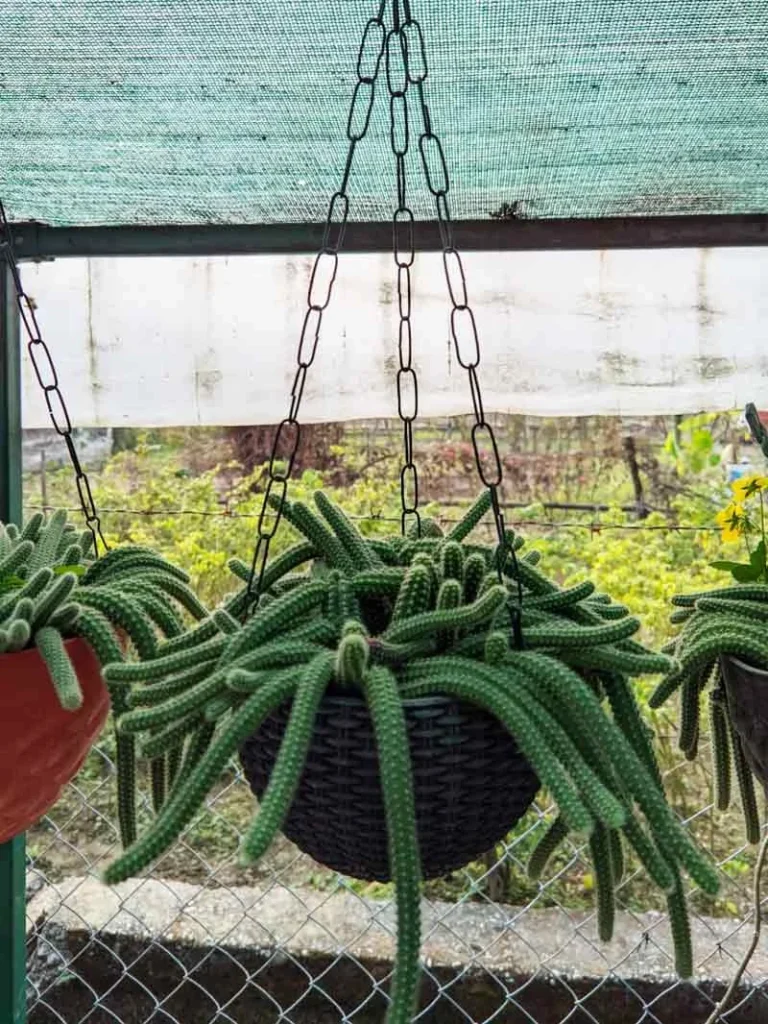
b. Natural and Commercial Repellents
Repellents can discourage rodents without harming your plants.
- Natural Options: Sprinkle cayenne pepper, chili powder, or crushed garlic around the base of the cactus. The strong scents and spicy compounds are unpleasant for rodents.
- Essential Oils: Peppermint and eucalyptus oils are effective deterrents. Soak cotton balls in the oil and place them around the cactus.
- Commercial Products: Use rodent repellents specifically designed for garden use. Look for eco-friendly and plant-safe options.
c. Maintain a Clean Habitat
Reducing rodent-friendly conditions in your garden is key to preventing future problems.
- Eliminate Food Sources: Remove fallen fruits, seeds, or other edibles that might attract rodents.
- Declutter the Area: Clear away debris, woodpiles, and dense vegetation near your cactus to eliminate hiding spots.
d. Encourage Natural Predators
Nature provides its own rodent control system, which you can encourage responsibly.
- Attract Predators: Birds of prey, such as owls, and reptiles, like snakes, can help control rodent populations. Consider installing an owl box or providing habitat for predator species.
- Safety Note: Ensure this approach is suitable for your region and does not disrupt the local ecosystem.
e. Traps and Professional Solutions for Severe Cases
For ongoing infestations, advanced measures may be necessary.
- Humane Traps: Use live traps to catch and relocate rodents. Place traps near the cactus, baited with peanut butter or seeds.
- Professional Pest Control: If the infestation persists, consult pest control experts. Opt for eco-friendly solutions to minimize harm to the environment and non-target species.
Important Considerations
When implementing these methods, prioritize safety for pets and other wildlife. Avoid using toxic substances or traps that could harm unintended animals.
By combining these strategies, you can effectively protect your cacti from rodents while maintaining a healthy and thriving garden environment.
Next, let’s explore other potential threats to your cacti and how to address them.
Preventing Future Rodent Damage: Proactive Steps for Long-Term Protection
Preventing rodents from targeting your cactus requires a forward-thinking approach that minimizes risks and deters unwanted visitors. By implementing these proactive strategies, you can protect your cactus and maintain a rodent-free environment for the long term.
- Inspect Your Cactus Weekly: Look for early signs of rodent activity, such as bite marks or droppings. Catching issues early prevents extensive damage.
- Tidy Your Garden: Keep the area around your cactus clean and free of clutter, such as woodpiles or dense vegetation, which can serve as hiding spots.
- Seal Entry Points: Even in an indoor environment, rodents can sometimes sneak in. Make sure to seal gaps or cracks in windows, doors, or ventilation systems where rodents could enter.
- Minimize Chemical Use: Focus on eco-friendly solutions to protect beneficial insects and wildlife.
- Prepare for Winter: Rodents often seek shelter and food during colder months. Reinforce barriers and increase inspections during this time.
Rodents like mice can threaten your cacti, but with the right strategies, you can protect them. By understanding rodent behavior, spotting damage early, and using a mix of preventive and proactive measures, you can keep your cactus safe.
Staying vigilant, keeping your surroundings clean, and using natural deterrents will safeguard your plants and foster a healthier garden.
With these expert tips, you’re equipped to protect your cactus and ensure they thrive for years to come, solidifying your role as a responsible gardener.

